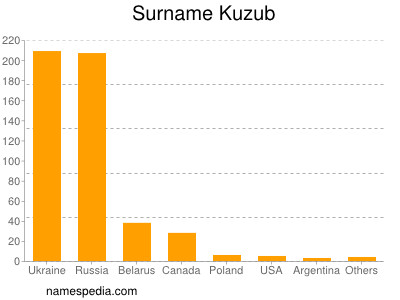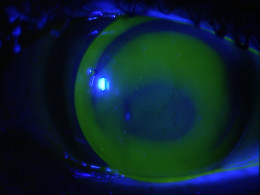

A source-book of biological names and terms. "First record of the halophilic fungus Penicilliopsis clavariiformis from Diospyros paniculata" (PDF). "Structure and floristic composition of a tropical evergreen forest in south-west India". ^ Pascal, Jean-Pierre Pelissier, Raphael (1996).Peechi: Kerala Forest Research Institute. Biodiversity Documentation for Kerala Part 6: Flowering Plants. ^ a b "Diospyros paniculata (Ebenaceae): Karivella, Karumaram, Karivella, Illakatta, Thuvara".^ a b c "Diospyros paniculata - Ebenaceae".: Cite journal requires |journal= ( help) & Haridasan, K.: The IUCN Red List of Threatened Species 2015: e.T173931A1405117". "Diospyros paniculata: Ved, D., Saha, D., Ravikumar, K. Kew Science – Plants of the World Online. Dried and powdered fruits are reportedly used for healing burns and a decoction prepared from the fruit is used for treating gonorrhoea and biliousness and for cleaning boils.

The species is known to have medicinal properties. The following local names are known in Indian languages: The plant is commonly known as panicle-flowered ebony in English. The specific epithet refers to the flower clusters ( panicles). dióspyros, from diós (Διός) and pyrós (πῡρός), which literally means " Zeus's wheat" but more generally intends "divine food" or "divine fruit". The generic name Diospyros is derived from the Ancient Greek: διόσπυρος: transl. paniculata has an associated ascomycete fungal species Penicilliopsis clavariiformis, occurring on the fruits and seeds. The species is an understorey or sub-canopy tree. The species is found in low- and mid-elevation tropical wet evergreen forests, between 5 m elevation. In the southern Western Ghats it occurs in the states of Kerala (from Kannur in the north to Thiruvananthapuram in the south) and in Tamil Nadu (Anamalai hills of Coimbatore, Nilgiris, and Agashtyamalai hills of Tirunelveli District). It is distributed from the Konkan region of Maharashtra in the north, through western Karnataka (Uttara Kannada, Shimoga) in the central Western Ghats. The species is endemic to the Western Ghats, distributed along the central and southern tracts of the mountain range. The fruit has four seeds, smooth in texture and 2 by 0.8 cm in size. The calyx (1.5 by 3 cm) remains attached (accrescent) to the fruit. As it matures, the fruit becomes glabrous (hairless). It is yellowish brown in colour, with a coating of rusty and sooty hairs when young. The fruit is ovoid (egg-shaped) and about 3 to 4 cm long by 2-3 cm wide. The calyx is covered with black sooty hairs. The female flowers are also axillary, but solitary or in cymes of 2 to 5 flowers.

The male flowers appear in axillary paniculate cymes and have dull or creamy white corollas, with tube 12 mm long. The flowers are unisexual and greenish-yellow in colour.

The venation, with 6-9 pairs of secondary nerves, is strongly and closely reticulate on both surfaces. The leaf is thick (coriaceous) with minute pellucid dots beneath. The leaf shape is usually narrow elliptic-oblong to lanceolate, with acute to acuminate apex ending in a blunt tip. The leaf blade is about 9 to 27 cm long by 3.5-8 cm wide, and has an entire margin and a raised midrib. The tree's leaves are simple, alternate, distichous, with petioles about 0.5-1.1 cm long, flat, glabrous. The young branchlets are cylindrical, covered by black, sooty hairs. "Test planispirally coiled troughout, slightly assymetrical, biumbilicate chambers slightly inflated, subglobular, 4-5 in the last whorl, enlarging rapidly in size as added, last 2 chambers generally make up 2/3 of the test size or more early chambers in apertural view spherical, increasing rapidly in width as added, final chamber somewhat flattened sutures slightly curved, depressed equatorial periphery slightly lobulate peripheral margin broadly rounded umbilicus wide, shallow aperture a low interiomarginal equatorial asymmetrical arch, extending into the umbilicus, bordered by a narrow continuous imperforate porticus wall calcareous, finely perforate, surface smooth, transparent and finely polished."Dimensions.- Holotype measures 0.34 mm in length, 0.30 mm in width, and in maximum thickness 0.18 mm.Evergreen trees up to 16 m tall, with smooth, black bark. Citation: Pseudohastigerina pellucida Abdel-Kireem 1980 Rank: SpeciesĬurrent identification/main database link: Pseudohastigerina micra (Cole 1927)


 0 kommentar(er)
0 kommentar(er)
